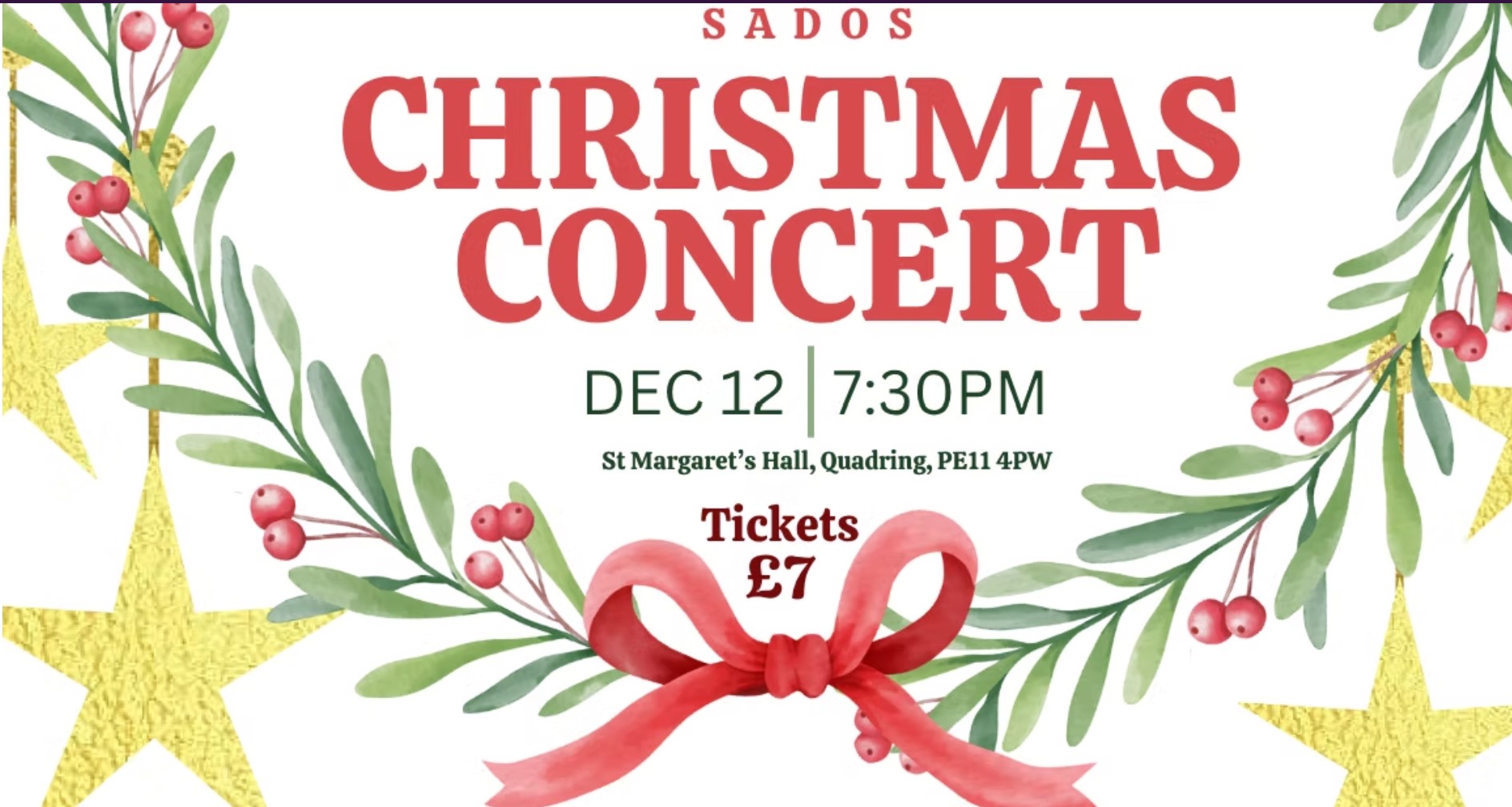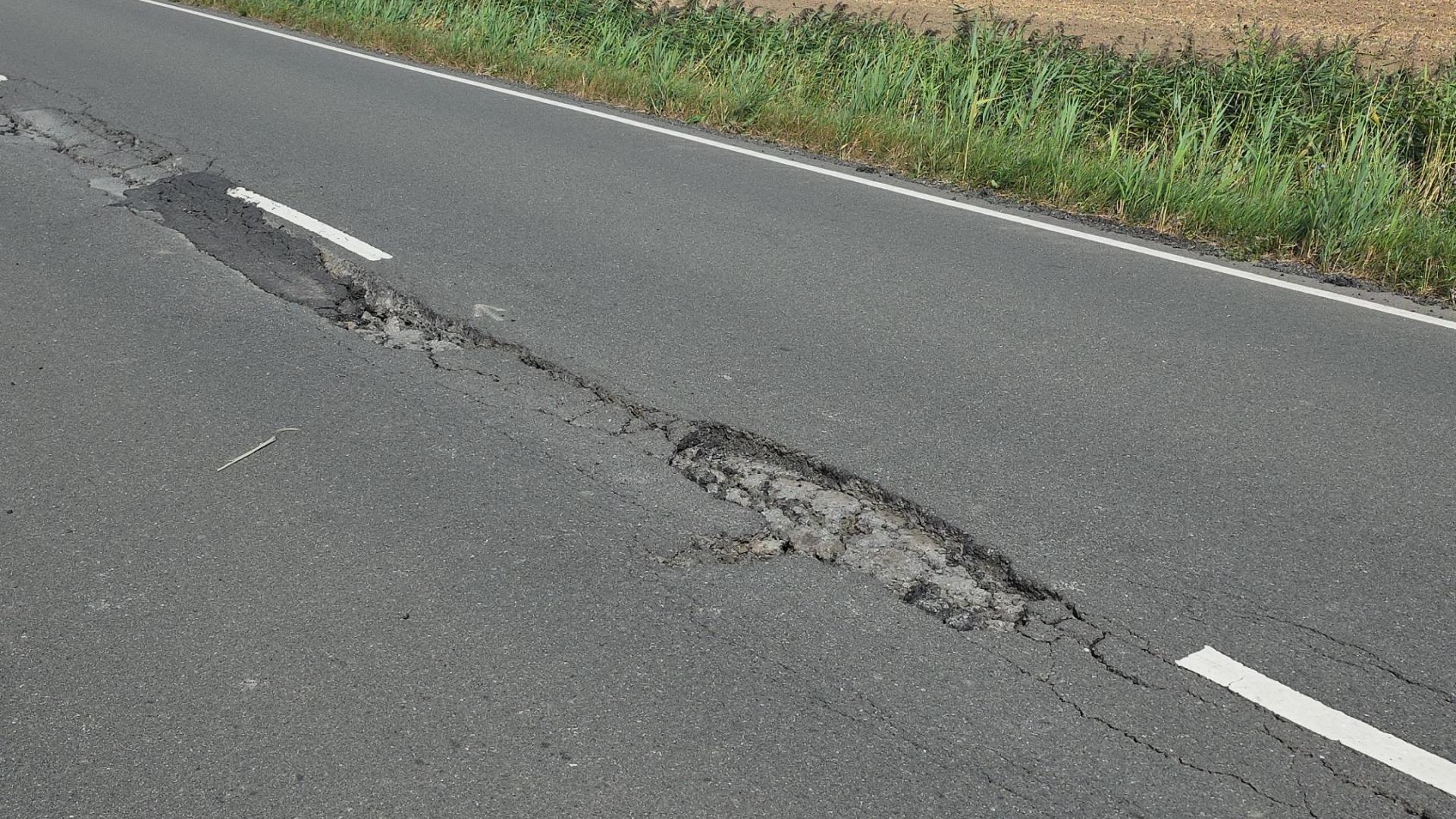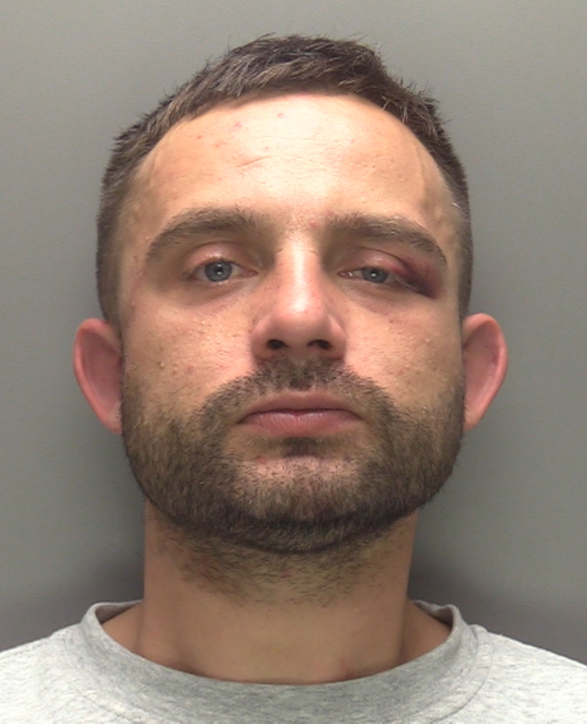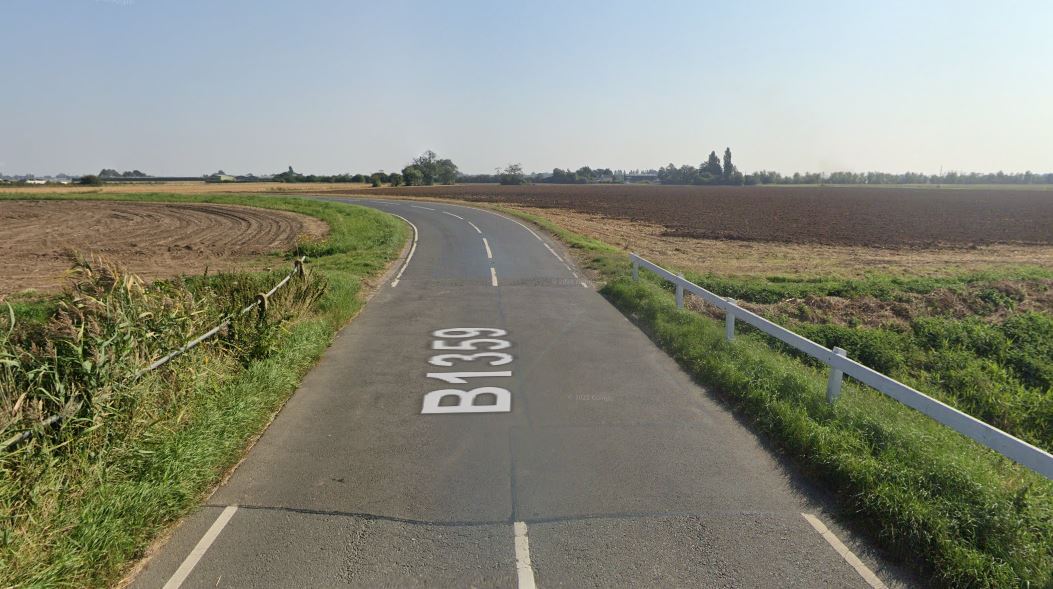The trust which runs Boston’s Pilgrim Hospital says it has taken steps to ensure that the type of accident which contributed to a Spalding man’s death will never happen again.
At a four-day inquest into his death, the jury pointed to a lack of proper staff training on how to use the hoist which John Biggadike collapsed onto, impaling himself on an exposed metal mounting.
The jury intimated that the tragedy could have been avoided if details of a similar, but not fatal, incident which occurred in Leicester in 2007 had been communicated to other hospitals’ trusts.
The foreman of the jury said: “This was a tragic accident that occured as a result of misuse of the Encore device through lack of adequate formal training and it is unfortunate that vital information regarding the Leicester incident had not been made available to the other trusts.”
Warnings had not been issued because it was found that manufacturer’s instructions had not been followed.
Prof Robert Forrest, senior coroner for South Lincolnshire, said the jury’s findings over staff training had indicated a “perpetuation of bad practice”.
Richard Tyrrell, barrister for United Lincolnshire Hospitals NHS Trust, said specific staff training on hoist use had taken place post-incident and improved workplace training had been implemented.
Prof Forrest said to him: “So what you are telling me is that the trust has learnt its lesson and invested in training. This problem cannot happen again?”
“That’s correct,” replied Mr Tyrrell.
Mr Biggadike’s brother Keith welcomed the improvement in staff training.
The fatal incident on ward 8A happened during a spell of physiotherapy before John Biggadike was due to return home to Third Avenue.
The 53-year-old, who suffered from liver cirrhosis through drinking, had been in hospital for about a month, receiving treatment for abdomen fluid retention.
He was strapped into the hoist and manoeuvred on to a commode. A knee pad had been removed to facilitate this, leaving the 2cm x 2cm x 15cm mounting exposed.
Mr Biggadike was left alone and later used a call bell to summon staff.
Summing up last Friday, Prof Forrest said: “As he was being lifted to stand, the straps started to move.
“We have heard evidence that this may have been due to fluid in his abdomen moving.
“His back arched, his knees buckled under him and he went down.”
Because Mr Biggadike did not demonstrate any signs of pain and was wearing a hospital gown, the serious nature of his injuries was not recognised until staff extricated him from the hoist.
Members of Mr Biggadike’s family and the jury queried why he did not cry out.
Pilgrim Hospital medical director Suneil Kapadia – who was not in post at the time of the incident on April 10, 2012 – said the “physiology of pain is quite complicated” and surmised that it could be likened to “battlefield injuries”.
He added: “It’s well documented that where life-threatening injuries are sustained in battle, in the immediate aftermath they don’t feel pain and this helps them get to a place of safety.”
Dr Kapadia said Mr Biggadike’s heart rate and breathing was not what would be expected from someone in a lot of pain.
However, his condition soon began to quickly deteriorate. Efforts were made to keep him alive, but they were eventually deemed futile.
The inquest was told that shocked staff were in tears.
A request will be made for all similar hoists to the Encore one involved in the accident to be recalled and modified – thought to be as many as 3,000.
Because of the nature of the inquest’s findings, Prof Robert Forrest said, under coroner’s rules, he had no option other than to make a report seeking to prevent any future deaths in similar circumstances.
He wanted to see all devices that are still in circulation recalled and a “retro-fit modification”.
Prof Forrest added: “Other trusts ought to be informed of the problem.”







